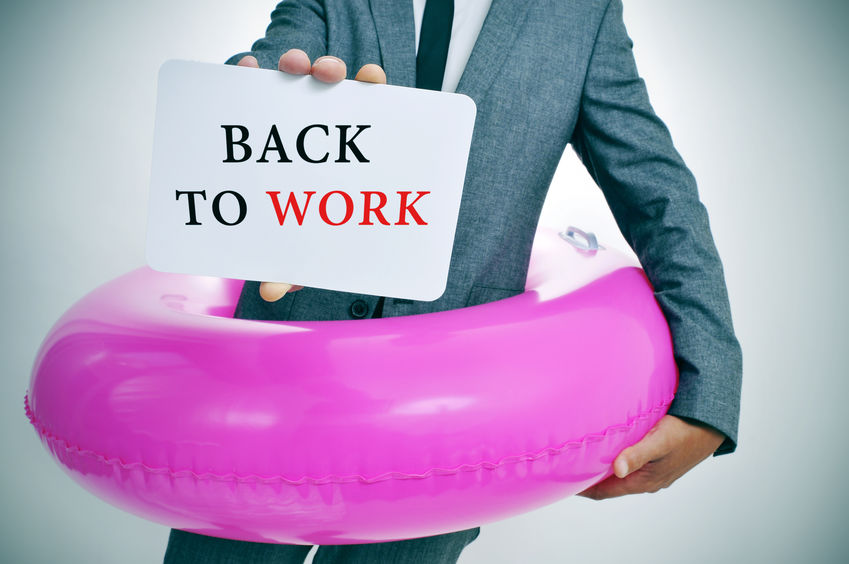Everyone has an opinion about how best to deal with the COVID-19 coronavirus disaster and how effectively President Trump and his administration are addressing numerous aspects of this crisis.
For whatever it’s worth, I have some thoughts about this too.
From where my 82-year-old-high-risk-category body sits, I believe that the President, our Congress, our state and local government leaders, our industrial and large and small business sectors, our medical institutions and professionals, and our diverse American population are handling these enormous challenges admirably well.
Circumstances would be far worse had Trump not acted decisively and rapidly to shut down travel with China and Europe. Other countries have wisely followed that bold leadership.
A huge priority has been to “flatten the infection curve,” and above all, avoid overwhelming unprepared medical response capacities.
Time was needed to organize and implement a rapid-response supply chain of hospital protective gear and emergency equipment needed to save lives from a health scourge of unknown nature and unpredictable size.
Time was also needed to gain a much better understanding of how, where, and how rapidly the virus was spreading; time to establish large-population testing protocols and operations; time to locate and provision medicines and supplies; and time to engage, organize and coordinate government and private testing of promising safe and effective treatments and vaccines.
To accomplish all of this — to flatten that curve — to expedite essential preparatory accommodations and supplies — to garner vital information to guide best paths forward —required drastic and painful actions.
In response, we essentially shut down our booming American economy, sacrificed business revenues and employee paychecks, and socially distanced ourselves from friends — and even from family members.
The big questions now — how long must this last?
How long can we survive the economic and social hemorrhaging?
What are the cost/benefit tradeoffs between rushing forward too rapidly with an added health-safety risk for some, versus waiting too long and killing the America we love?
To contemplate a sensible and responsible balance between public health and the economy, let’s first take a deep breath and briefly review what we have (and haven’t) learned so far.
Have we answered the need for a sure-fire safe and effective medical cure?
No, but there are some encouraging possibilities on the horizon.
More than 30 Big Pharma and small biotech firms are racing for COVID-19 treatments and vaccines. And thanks to rapid FDA approval, Roche had already begun their own high-volume tests in January; Moderna turned around a vaccine for batch testing in just 42 days; Gilead Sciences is in Phase 3 trials for its remdesivir treatment; and Bayer has announced it will donate three million potentially very promising and demonstrably safe chloroquine anti-malaria tablets.
Are we doomed if assured preventions and cures don’t materialize immediately?
No, but nor can we wait around for risk assessment certainty.
So far, the global worst-case casualty projections which provided legitimate causes for alarm seem to be proving unwarranted.
As pointed out by Drs. Eran Bendavid and Jay Bhattacharaya at Stanford, many of those mortality percentage estimates were based only upon confirmed infection cases that excluded far larger infected populations that were likely never tested nor reported as seriously ill. In addition, the delayed testing programs didn’t catch many infected people who had already recovered.
Accordingly, they conclude, “Together, these facts imply that the confirmed cases are likely orders of magnitude less than the true number of infections. Epidemiological modelers haven’t adequately adapted their estimates to account for these factors.”
Nevertheless, given the enormous consequences of decisions around COVID-19 responses, Drs. Bendavid and Bhattacharaya emphasize a continuing need to get better data regarding true infection and morbidity rates. “If we’re right about the limited scale of the epidemic, then measures focused on older populations and [critical illness care resource accommodations for] hospitals are sensible.”
The two medical researchers conclude that a sustained universal quarantine may not be worth the costs it imposes on the economy, community, and individual mental and physical health. Rather, we should undertake immediate steps to evaluate the empirical basis of the current lockdown.
In addition to more optimistically low COVID-19 infection versus mortality rates, I believe there is some other relatively good news in the data. Namely, the virus poses decidedly less risk and disability to younger working populations who are most essential to America’s economic recovery and restoration of social lifestyle normalcy.
Also fortunately, a return of this segment to the active work force and purchasing marketplace will not only rescue distressed families — including children — but will restore the vitality of lifetime investments and pension plans for retirees as well.
Many or most of us, irrespective of age, can be grateful for the ability to remain virtually connected to the world and people outside the confines of our domiciles through electronic networks. The kids can Skype with grandparents, students can continue their studies online, and many of us can work from home via email and video conferencing — just as I am with my grad students and faculty colleagues.
In any case, shutting down individual businesses and our larger American economy longer than overwhelming public safety threats demand won’t benefit my prudently in-place-sheltering highest-risk generation a bit.
Over the interim, please roll up your window and wave if you happen to drive past my house.
